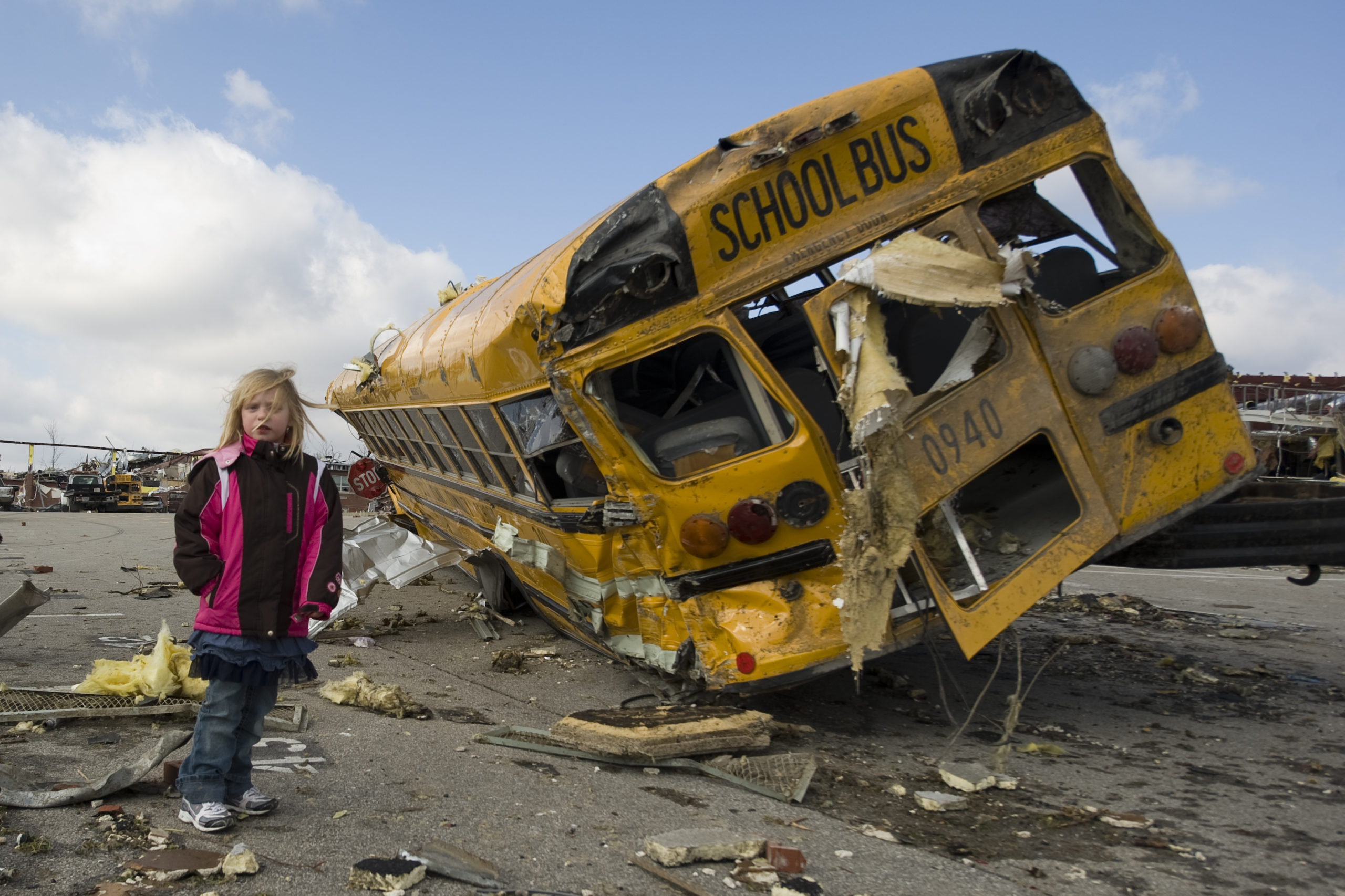Disaster Philanthropy Playbook

March2Recovery’s Indiana Tornado Recovery Effort
Story by Lindsey Wade-Swift, Washington County Community Foundation
May 2014
The second a disaster strikes, it is a terrible situation; something you cannot imagine. The next few minutes, hours, days, and weeks could be worse. The good news is, with the right collaborative team in place, they can be better.
March 2, 2012 is a day that residents of Southwestern Indiana will most likely remember for decades. A deadly tornado ripped through the small rural landscape, destroying homes, destroying a school, destroying farmland, and destroying lives.
Due to the quick reaction time of countless volunteers, disaster response started immediately. Recovery, on the other hand, can take years. This is where the local community foundations across the region and many other non-profit organizations leapt into action. The Indiana Association of United Ways was granted a large disaster recovery grant from The Lilly Endowment, Inc. for this specific disaster. The previous mentioned organizations convened to determine a fiscal agent for the grant and collected funds from their communities as well as other donated funds from around the country. A steering committee was formed and March2Recovery (M2R) was born. M2R was the official long term recovery organization serving the residents of Clark, Jefferson, and Washington counties in Indiana. It grew out of Southern Indiana Community Organizations Active in Disaster (SINCOAD) and organized using best practices and guidance from National Voluntary Organizations Active in Disaster (NVOAD.org).
M2R mobilized volunteers and resources in an organized manner to provide assistance to individuals and families who still had unmet needs after seeking insurance, FEMA and other assistance.
Through the collaboration of so many caring people in so many caring organizations, a tragedy was met head on.
M2R provided services to survivors at no cost and without discrimination. Case managers helped families with a recovery plan—assessed needs, verified assistance and advocated for resources.
The March2Recovery Steering Committee met weekly beginning March 8, 2012 (6 days after the disaster) through the spring of 2014 organizing committees, policies and procedures and securing resources in order to provide assistance. Within a few months after the tornado struck, M2R had created an organization structured to handle a multi-million dollar recovery. In total, M2R managed:
- 22,000 volunteers
- 132,000 volunteer hours
- $3,308,787 in donations
Through the collaboration of so many caring people in so many caring organizations, a tragedy was met head on. No one ever wishes for a disaster in their communities; however, with an organization in place willing to follow tried and true policies and procedures, the disaster can be diminished in a timely manner. March2Recovery helped to restore the quaint and quiet rural landscape that the tornado tried to destroy. They helped to rebuild and repair homes. They helped to rebuild fences and barns to house livestock, they helped to rebuild lives and courage, but most of all M2R restored hope. Hope that yes, a community will pull together, hope that you will have a place to live again, hope that there is an ear to listen and a shoulder to cry on, and hope that there is someone that can help if this should ever happen again.